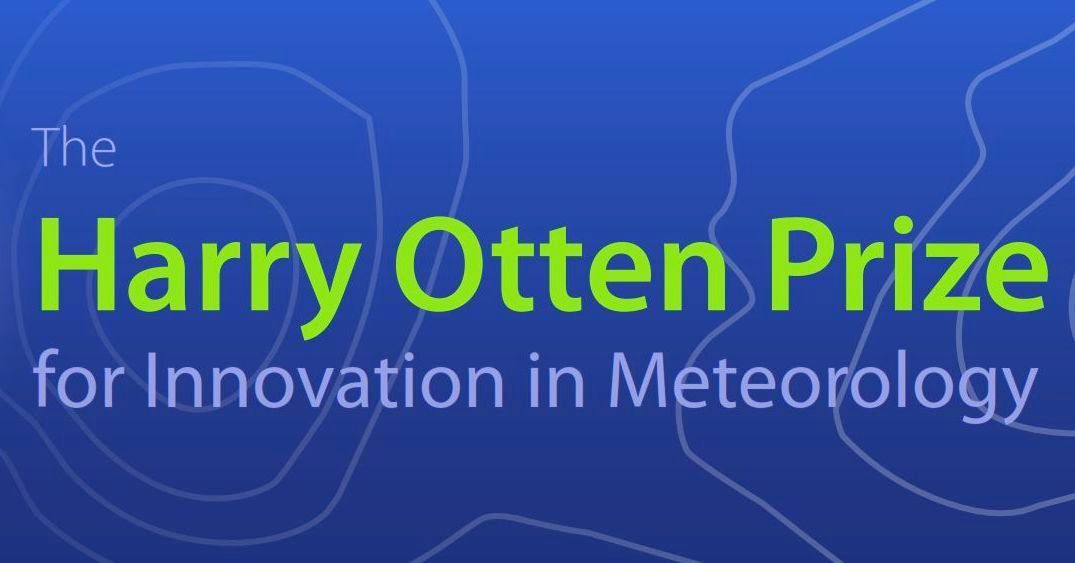ENSO predictability in the CESM model from 1880 to 2017
- Second Institute of Oceanography, State Key Laboratory of Satellite Ocean Environment Dynamics, China (liut@sio.org.cn)
The El Niño–Southern Oscillation (ENSO) is a prominent interannual signal in the global climate system with widespread climatic influence. Our current understanding of ENSO predictability is based mainly on long-term retrospective forecasts obtained from intermediate complexity and hybrid coupled models. Compared with those models, complicated coupled general circulation models (CGCMs) include more realistic physical processes and have the potential to reproduce the ENSO complexity. However, hindcast studies based on CGCMs have only focused on the last 20–60 yrs. In this study, we conducted an ensemble retrospective prediction from 1881 to 2017 using the Community Earth System Model to evaluate El Niño–Southern Oscillation (ENSO) predictability and its variability on different timescales. To our knowledge, this is the first assessment of ENSO predictability using a long-term ensemble hindcast with a complicated coupled general circulation model (CGCM). Our results indicate that both the dispersion component (DC) and signal component (SC) contribute to the interannual variation of ENSO predictability (measured by relative entropy, RE). In detail, the SC is more important for ENSO events, whereas the DC is of comparable important for short lead times and in weak ENSO signal years. The SC dominates the seasonal variation of ENSO predictability, and an abrupt decrease in signal intensity results in the spring predictability barrier feature of ENSO. At the interdecadal scale, the SC controls the variability of ENSO predictability, while the magnitude of ENSO predictability is determined by the DC. The seasonal and interdecadal variations of ENSO predictability in the CGCM are generally consistent with results based on intermediate complexity and hybrid coupled models. However, the DC has a greater contribution in the CGCM than that in the intermediate complexity and hybrid coupled models.
How to cite: Liu, T.: ENSO predictability in the CESM model from 1880 to 2017, EMS Annual Meeting 2024, Barcelona, Spain, 1–6 Sep 2024, EMS2024-155, https://doi.org/10.5194/ems2024-155, 2024.















